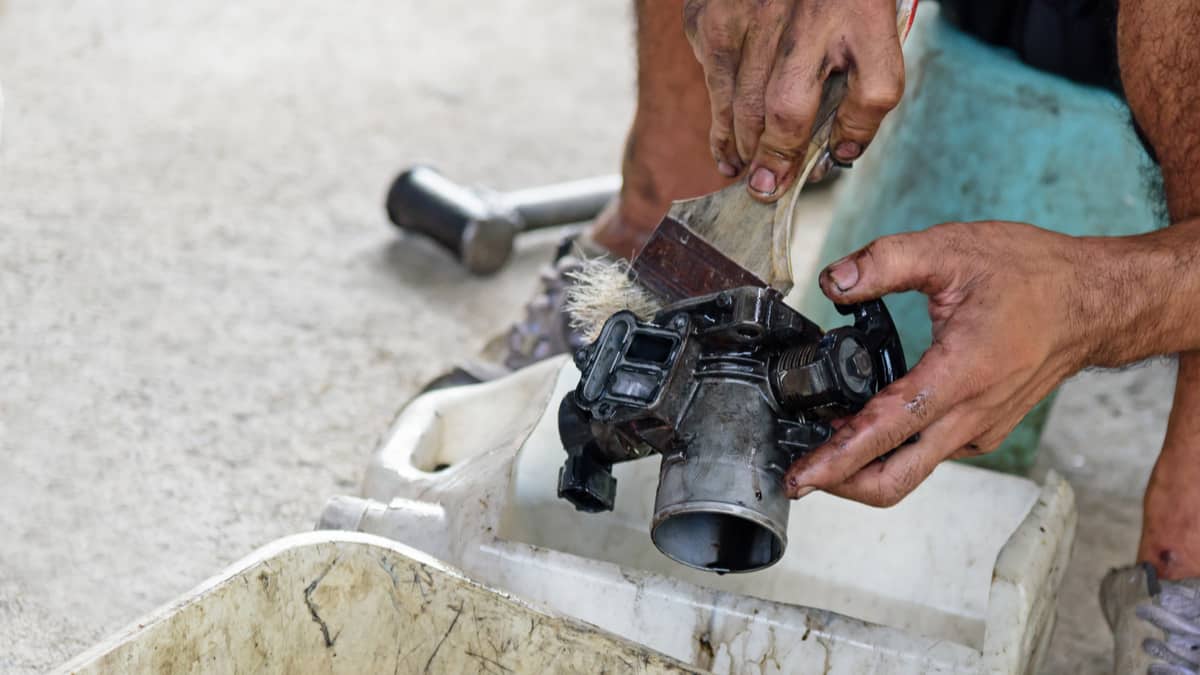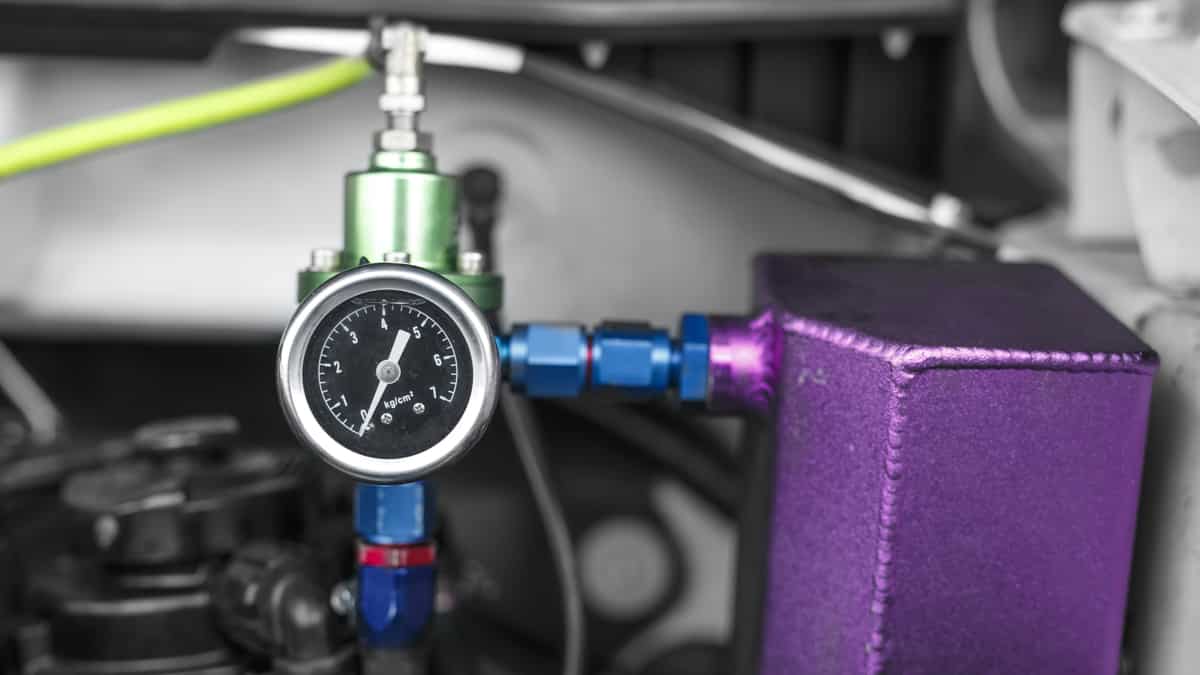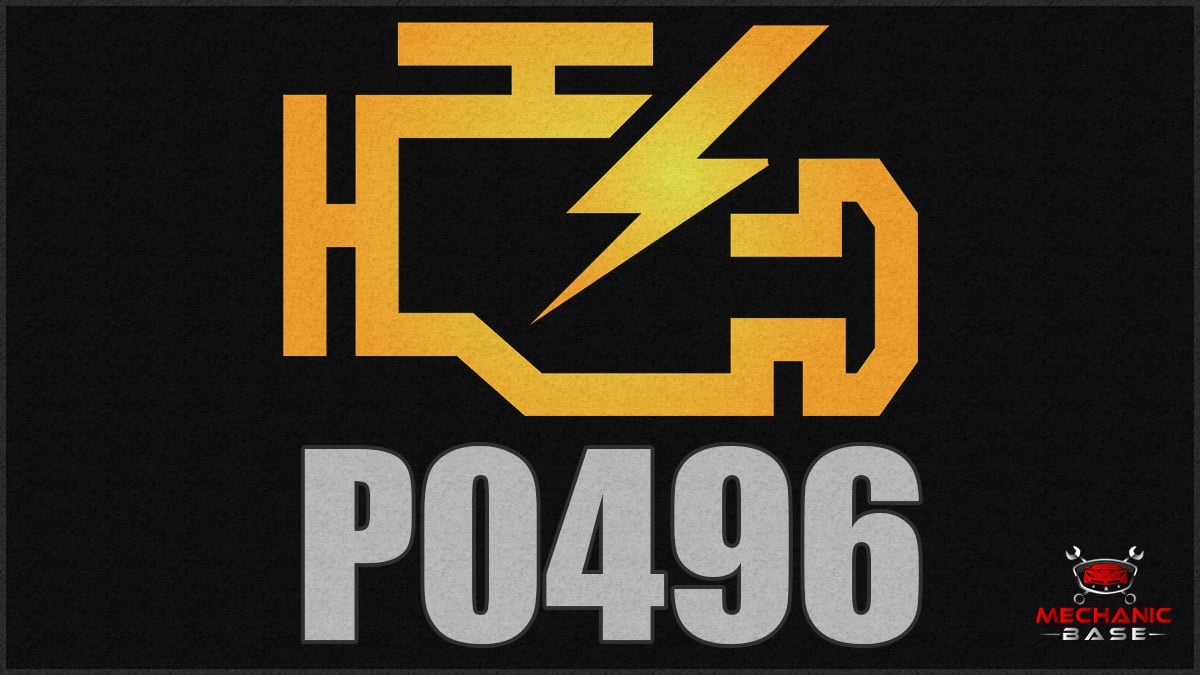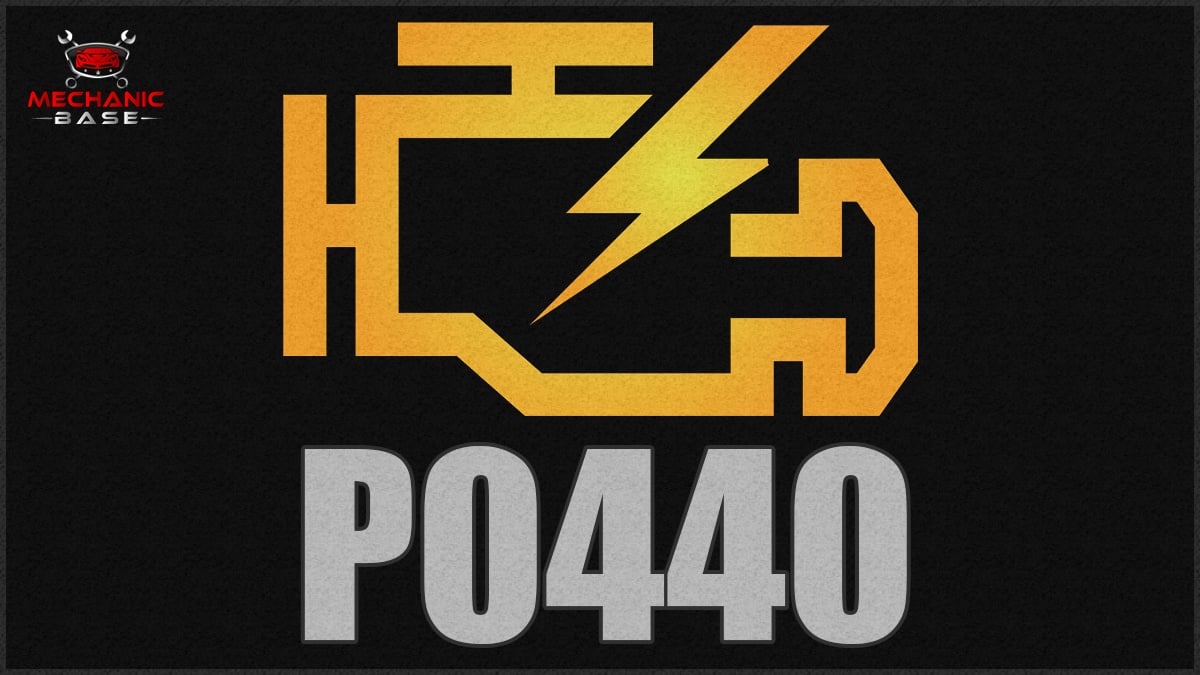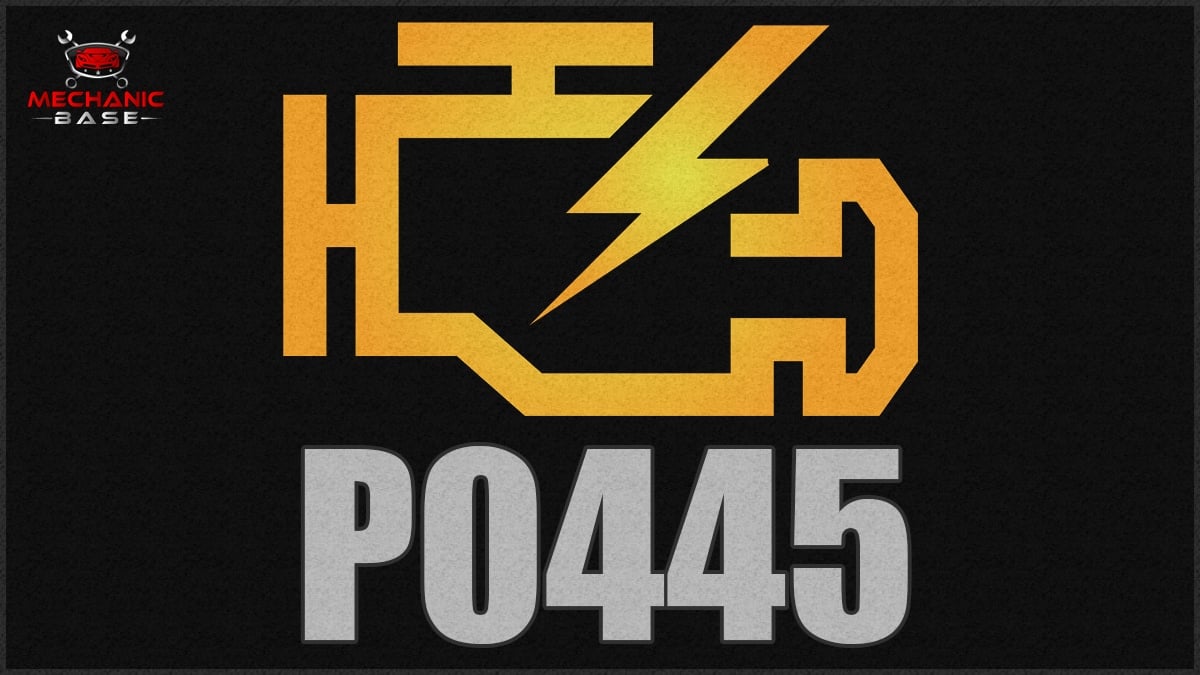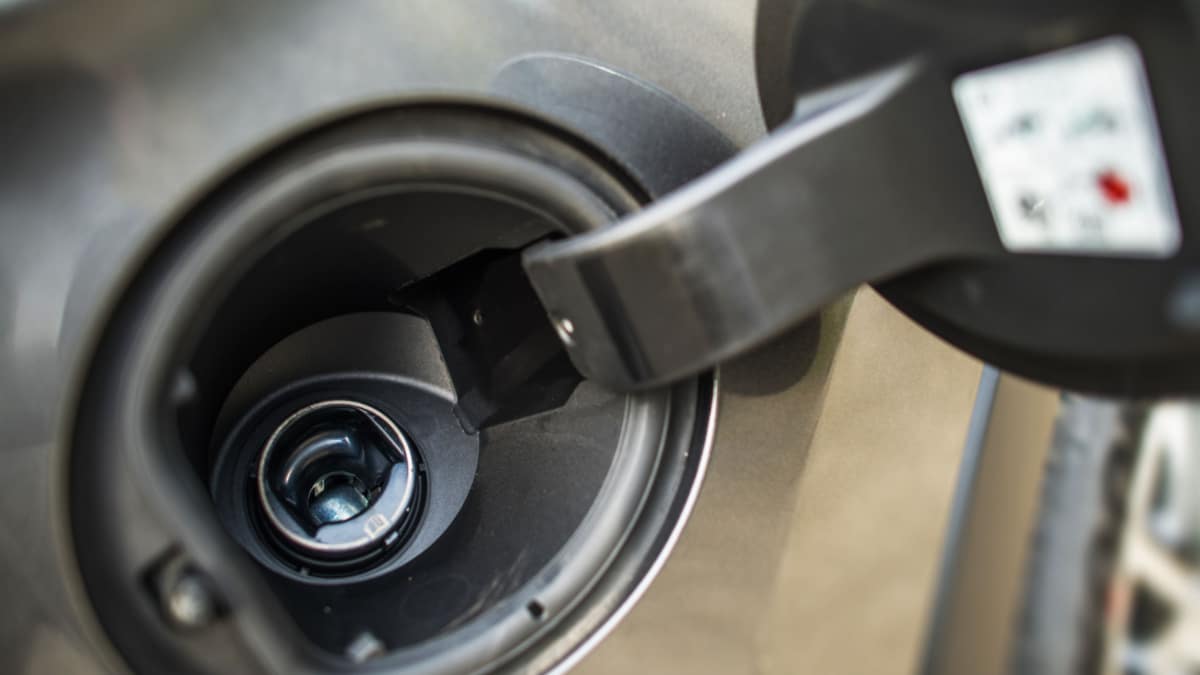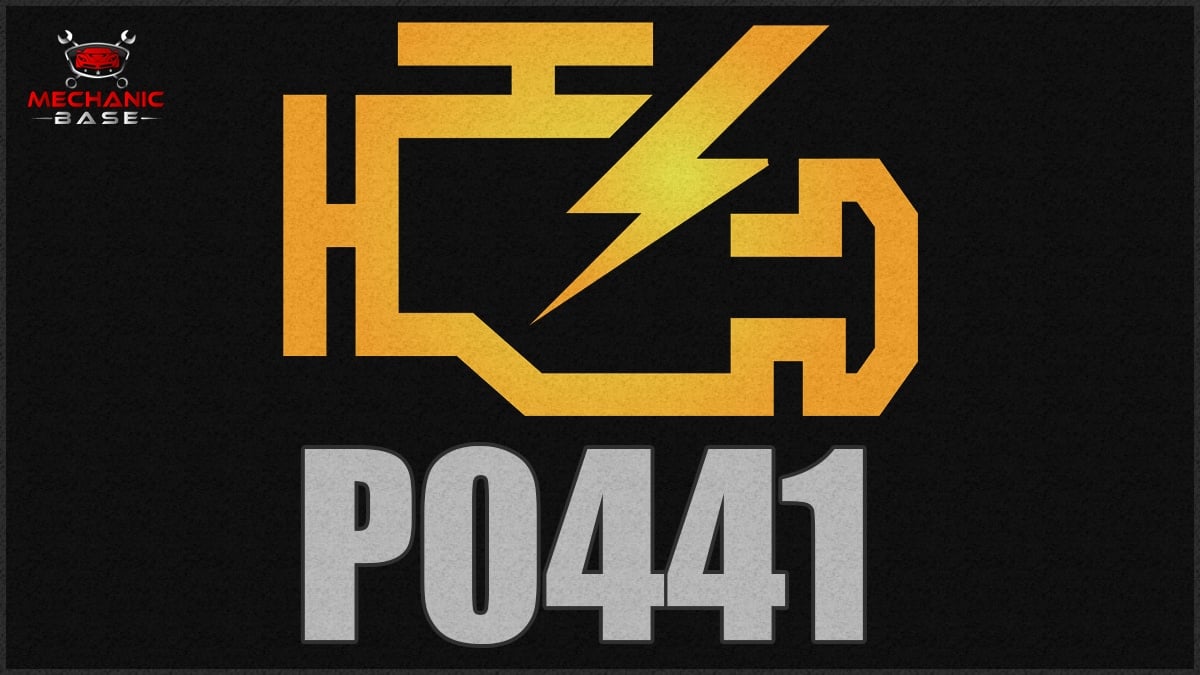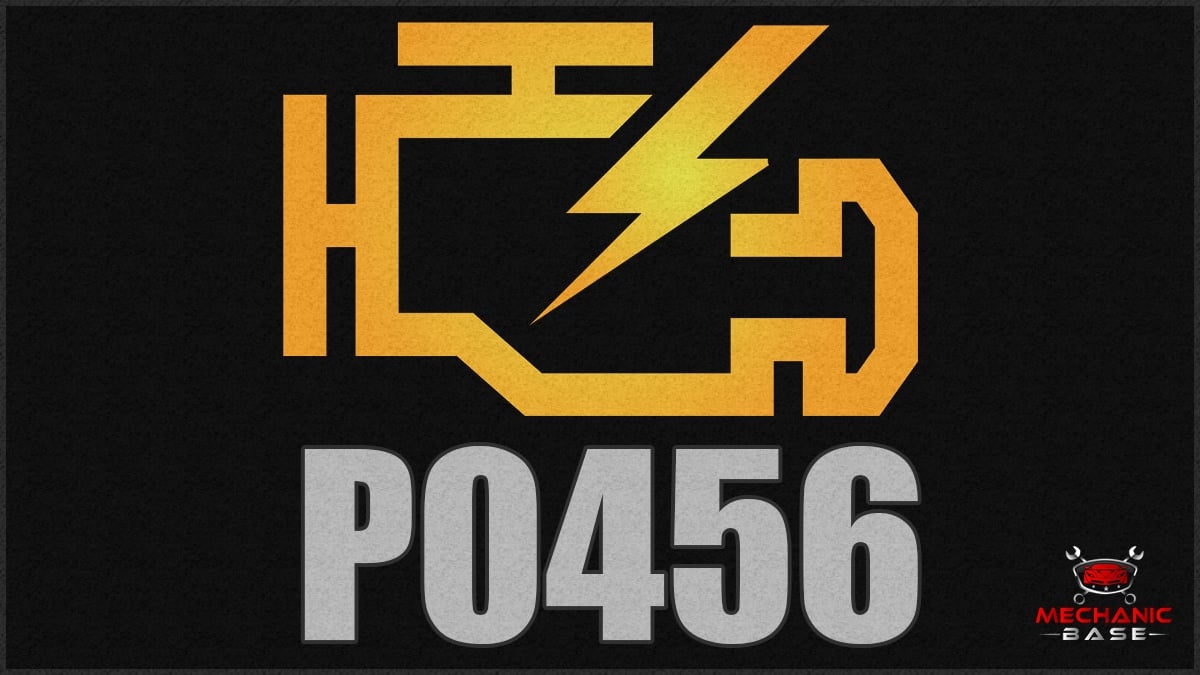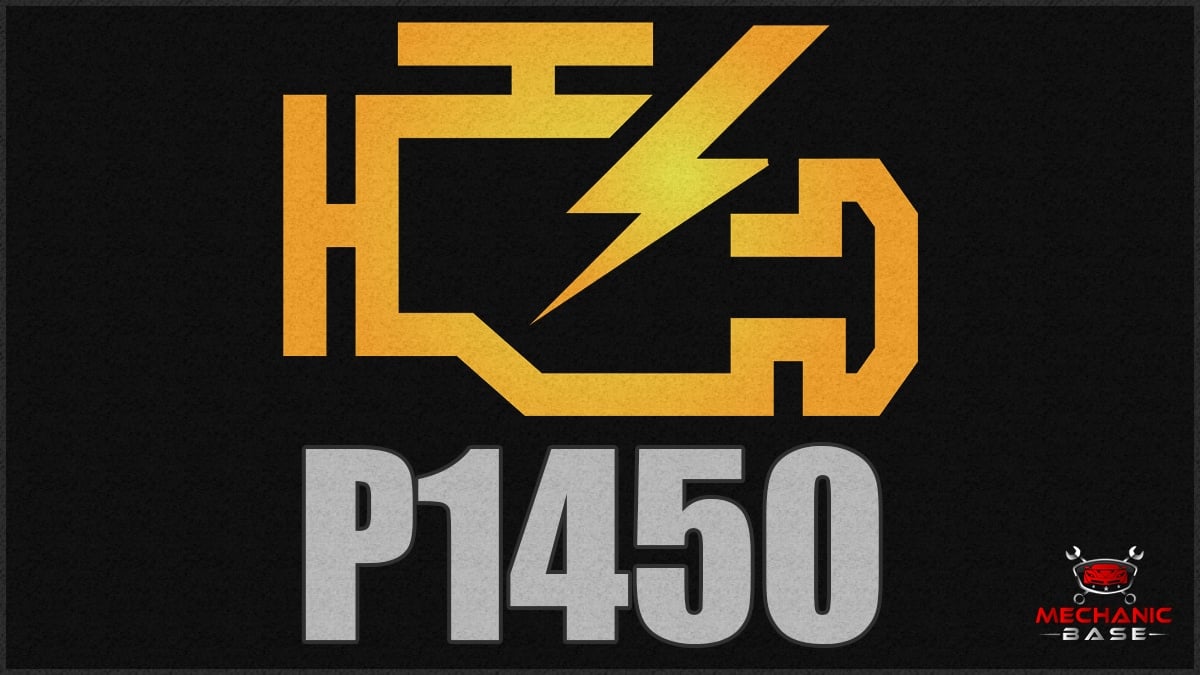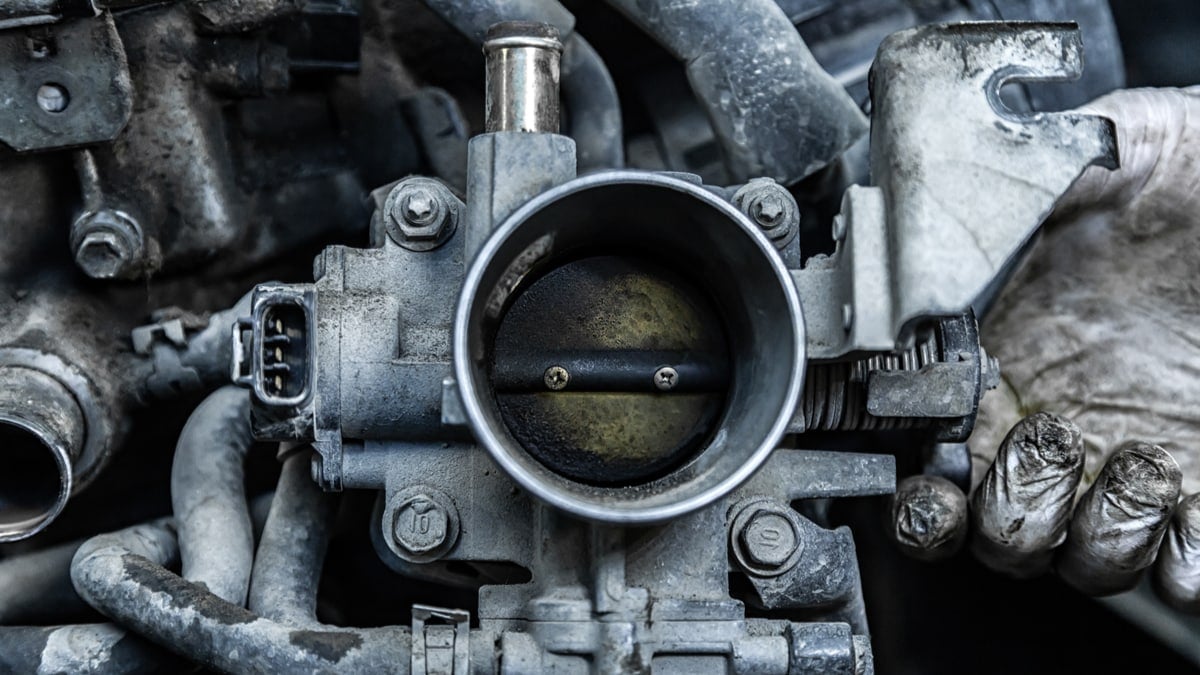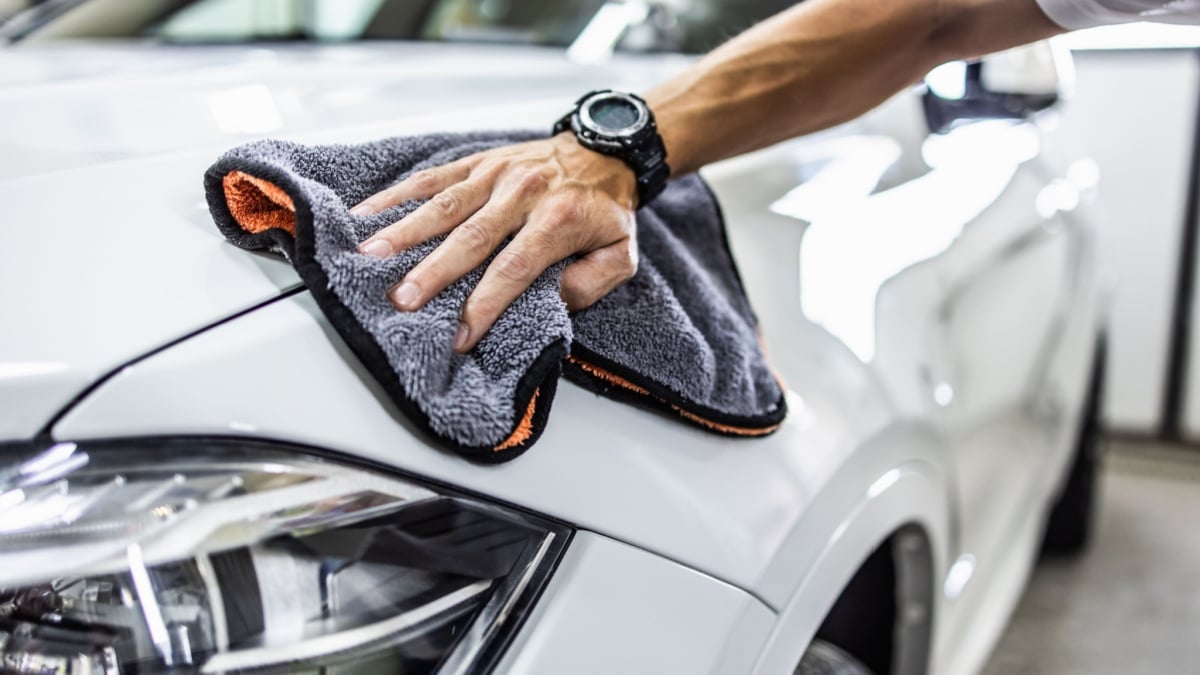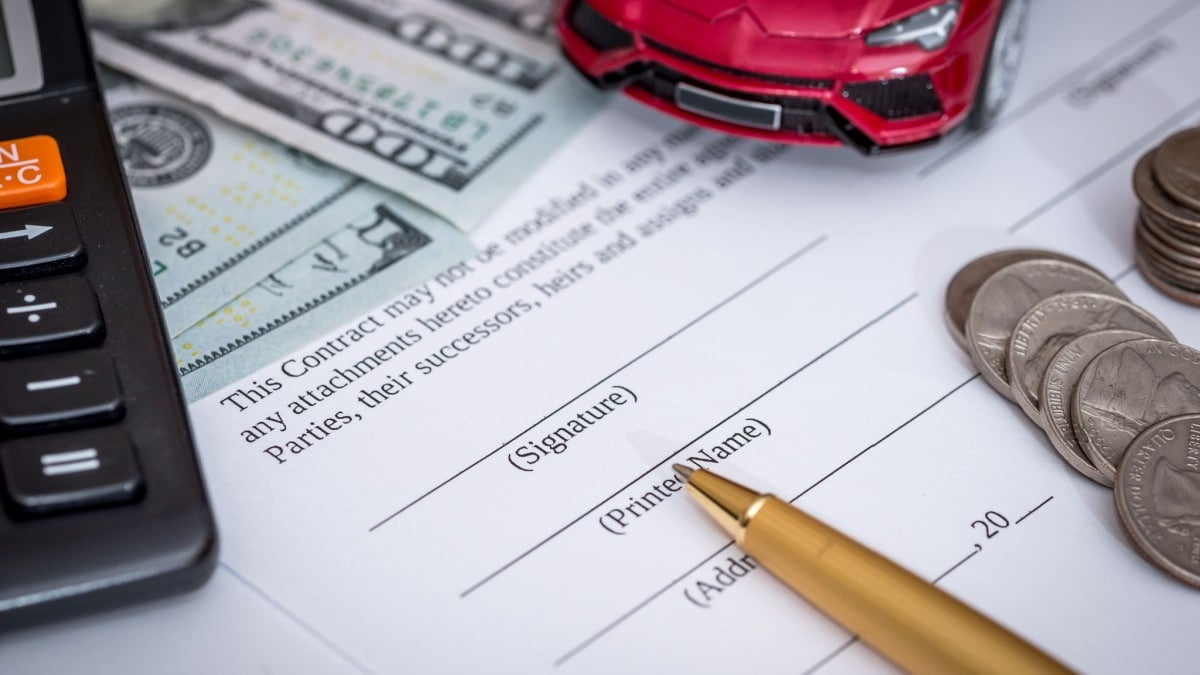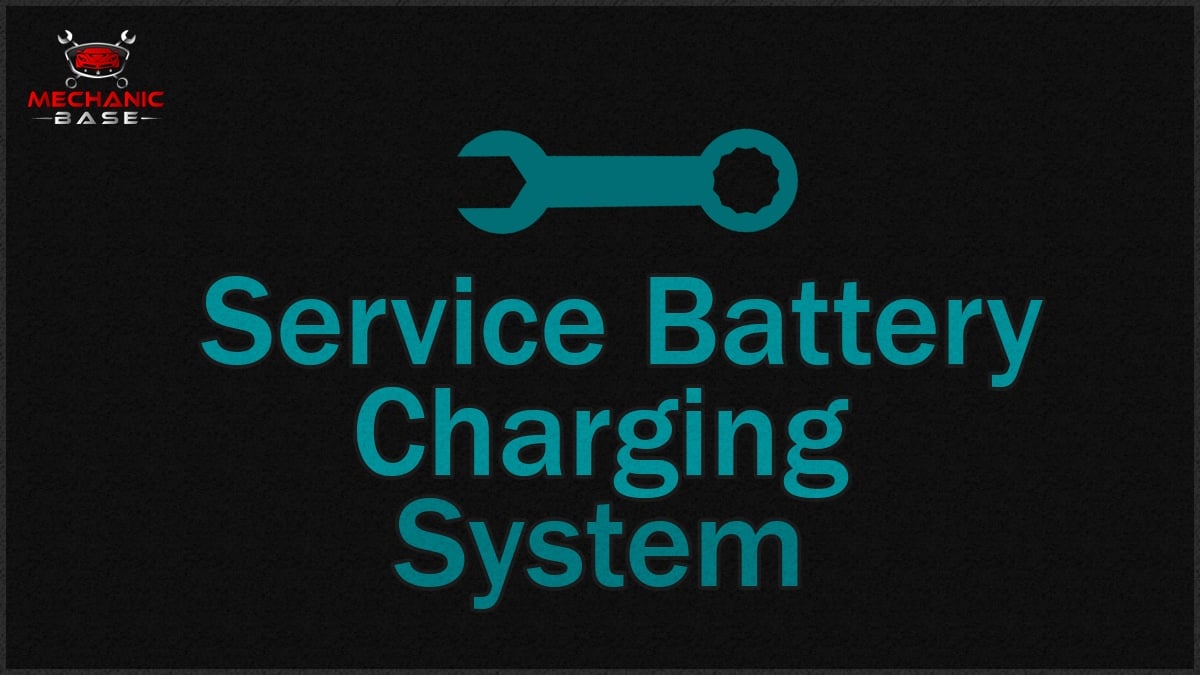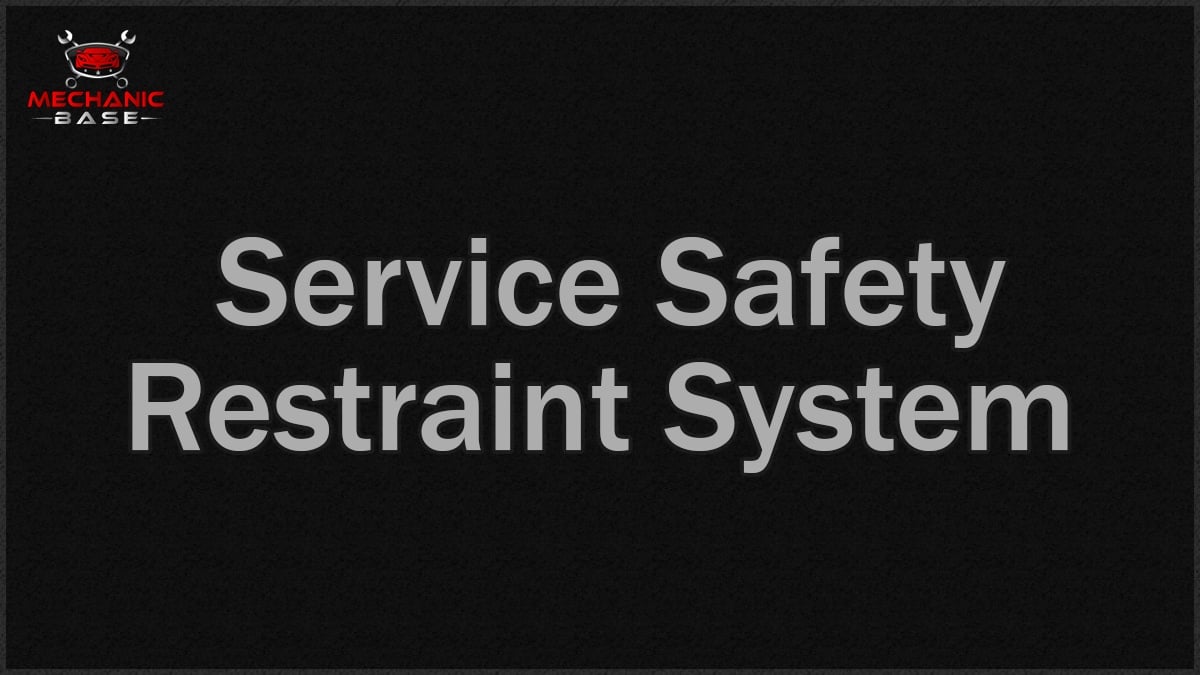Did your mechanic recommend that you should get a fuel induction service for your car? What is a fuel induction service, and will it improve the performance of my car? How efficient is it, and is it just a waste of your money?
Fuel induction is not a very well-known service for most people, and there are a lot of questions about whether it improves the efficiency of your engine or not.
What if you could save your money and do a fuel induction service yourself? Let’s find out in this article!
What is a fuel induction service?
A Fuel Induction Service is a type of service and maintenance procedure for your car’s engine. It’s a process of cleaning the electronic throttle body, air intake valves, and fuel injectors, which you can find in electronically fuel-injected vehicles and newer vehicles.
The throttle body and the plate are manually cleaned by the mechanic or technician using a particular throttle cleaning substance.
Here are the benefits of getting the fuel induction service:
- Improves your car’s gas mileage
- Smooths your engine’s idle
- Improves the throttle response
Would I recommend doing a fuel injection service at a mechanic workshop? Not directly if it is not necessary.
If you have a direct-injected engine that is running rough or has misfires because of leaking intake valves, I would recommend it, but not otherwise.
You can do most parts of the fuel induction service yourself at home with the help of some products. You will find these steps further down in the article.
Why is a fuel induction service performed?
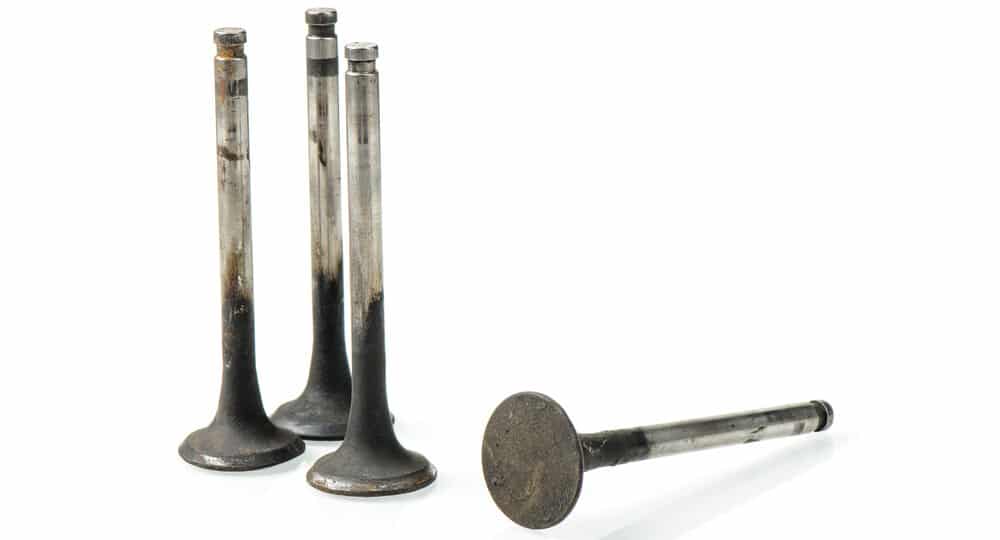
A fuel induction service is performed to clean the throttle body, intake valve, intake manifold, and other intake related parts that affect the air-fuel mixture.
When your car gets older, it will start to collect old carbon deposits everywhere on the engine’s intake side. This is caused by carbon entering from the crankcase ventilation and the EGR valve. It can also come from oil slipping through the turbo.
This especially happens on direct-injected fuel engines, which spray the fuel directly into the combustion chamber. Older engines sprayed the fuel before the intake valves, which cleaned them and did not cause problems like this as often.
These carbon deposits will build on the valve body, intake pipes, intake manifold, and intake valves. This is exactly why a fuel induction is performed – to clean these parts from carbon deposits.
This will affect the air-fuel mixture and the intake valves’ seals, which will result in a much smoother engine.
Pros of a fuel induction service
- Cleans the throttle body
- Cleans the intake manifold
- Cleans the intake valves
- Cleans other flaps inside the intake manifold if fitted
Signs Your Car Needs A Fuel Induction Service

You know now what the fuel induction service does for your engine, but the question arises: should you get the service done frequently?
While the fuel induction service does benefit your car, this should not be done regularly. Fuel induction is only called for if you encounter problems individually as a result of carbon building up.
The signs that you need to do a fuel induction service include:
- Your car isn’t able to idle smoothly
- You feel the vibration as you give gas
- You feel a delay in the engine’s pick up as you press on the gas pedal
- You experience an extremely low gas mileage
- The car doesn’t start as quickly as it used to
Only if you begin to experience these factors should you think about getting a fuel induction service.
What does this service include and how is it performed?
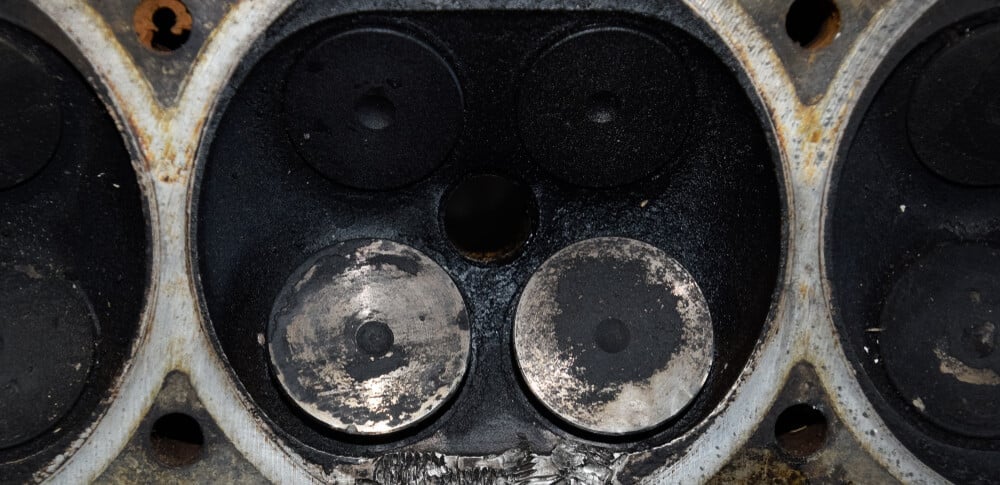
These would be the steps included in a fuel inductor service if a mechanic workshop were to do it. As you can see, much of this is stuff you can actually do yourself at home.
1. Intake valve cleaning
This step is done by spraying a special liquid into the intake valves while the engine is running. This feeds the engine with throttle cleaner fluid and the air, which gets into the mixture and is ignited. This cleans the carbon deposits inside the intake and the intake valves.
The compound breaks up the deposits inside, and the remains are let out via the exhaust.
A similar variant of this step can be made by yourself at home with the help of seafoam.
2. Throttle body cleaning
This is an optional service for a fuel induction, depending on the workshop. Sometimes the throttle body is just cleaned by the injector cleaner entering the engine.
But if a throttle body cleaning is performed, the mechanic or technician would first remove the throttle body from the engine. A particular compound called the throttle cleaner is used to clean the carbon. This is a liquid substance and comes in spray cans.
If you want to do this yourself, you can check out our guide: How to clean a throttle body.
3. Fuel Injector Cleaning
This is also an additional service that your mechanic sometimes offers when you are doing a fuel induction service. This includes filling a special additive into the fuel tank, which will clean the fuel pump and fuel injectors.
There are special injector cleaner additives that do this job for you, and it is something you can do yourself just by buying one of these. If you want to perform this step by yourself, I can recommend this one from Amazon.
Is a fuel induction service necessary?
If you have an older car that runs a little rough and it’s been a while since the throttle body and fuel system were cleaned, a fuel induction service can help. However, if your car is only a few years old with low mileage, it probably isn’t necessary.
Can you do a fuel induction service yourself?
Yes. You can at least do some of the steps in a fuel induction service yourself with some basic knowledge and tools. Cleaning the throttle body and fuel injectors can be done with some basic research. However, to clean the valves and the inside of the intake manifold, you may need special tools depending on the car model.
What is the difference between fuel injection service and fuel induction service?
When you do a fuel injection service, you only clean the parts where fuel flows, such as the fuel rail, fuel injector and fuel pressure regulator. When you do a fuel induction service, you also clean the areas where the engine’s airflow is, such as the intake manifold, intake valves, and throttle body.
How often should you get a fuel induction service?
A fuel induction service does not need to be done very often. To keep your car in top shape, you can have a fuel induction service done every 60,000 miles, or sooner if you notice performance problems due to clogged air or fuel system.
Categories: Engine, Maintenance
